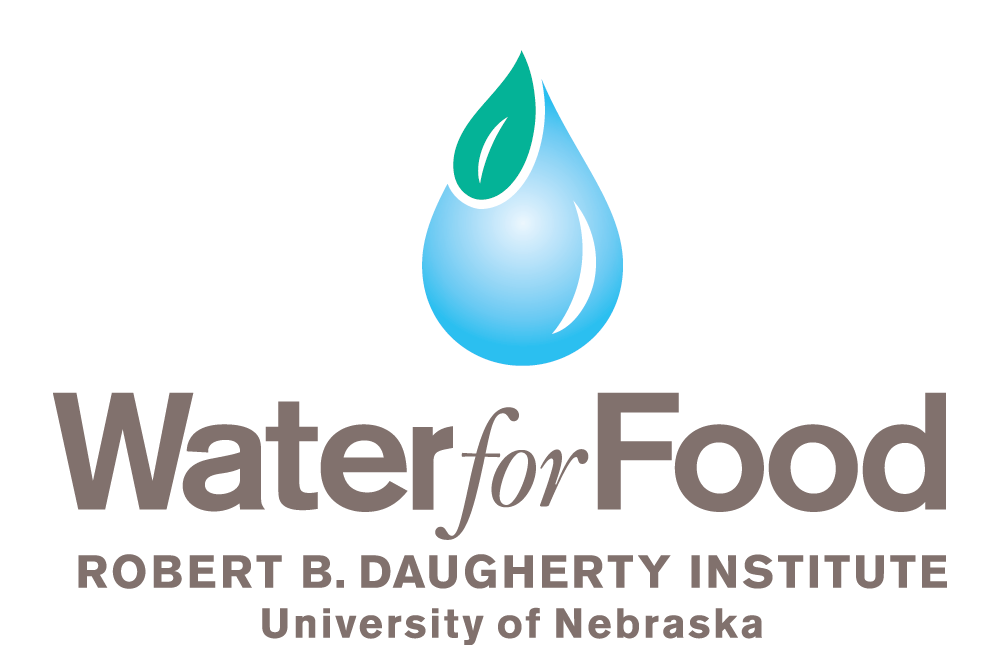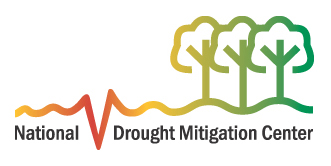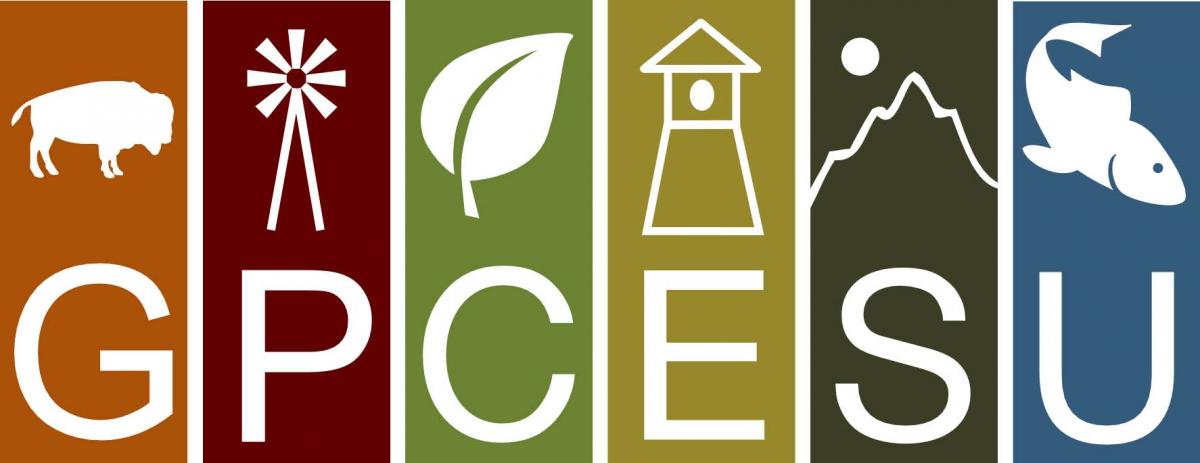Program
Partners and sponsors
The 2014 symposium was a collaboration of the Center for Great Plains Studies and:



Major support was provided by the Vice Chancellor of the Institute for Agriculture and Natural Resources, Senior Vice Chancellor for Academic Affairs, Vice Chancellor for Research and Economic Development, and CESU (Cooperative Ecosystems Studies Unit)
Our corporate sponsors included:



The 40th annual Center for Great Plains Studies symposium was a collaboration with the National Drought Mitigation Center and the Robert B. Daugherty Water for Food Institute.
2011 and 2012 witnessed two of the worst Great Plains droughts in recent memory, a tragic counterpoint to the damaging floods of 2011 and a return to the stressful times of 1998-2006. Drought is a recurring pattern in this semi-arid region, with severe droughts in the 1890s, 1930s, 1950s and 1980s. Indeed, using tree ring, lake sediment, and dune records, scientists have documented the periodic return of severe droughts. Based on such evidence, some scientists have observed that drought was the dominant feature of climate rather than the exception. Drought has been and will continue to be a normal part of the climate of the Great Plains and may increase in frequency and severity in the future as a result of projected changes in climate.
Drought or the ever-present threat of it has had a pervasive effect on the region and its people. It molded the region's settlement patterns, agriculture and commerce, stimulated innovation, aroused conflict between agriculturalists and environmentalists, and fueled litigation between states. Drought shaped how the people of the Great Plains think of themselves and their region and influenced their culture, literature, and art. Today it raises concern about whether the region will have sufficient water for its future.
Scientists, scholars, corporate leaders, writers, agency officials, farm leaders, and others from across the full spectrum of disciplines and organizations shared their expertise and perspectives as the symposium explored all aspects, causes, impacts, projections, social and cultural consequences, and ramifications of drought in the Great Plains.
Symposium in the news
Omaha World Herald, 3/24/2014: UNL drought symposium will hear from 40 speakers
Lincoln Journal Star, 4/2/14: Droughts are the rule, rather than the exception in Nebraska
Omaha World Herald, 4/5/14: Warming on the Great Plains: Don't look for drought relief in forecast
Nestle chairman Peter Brabeck-Letmathe: A Water Challenge
Download symposium plenary presentations
Kristen Averyt, Western Water Assessment/NOAA/RISA, University of Colorado
Jason Clay, Senior Vice President, World Wildlife Fund
Nathan Engle and Erwin De Nys, World Bank
Sherilyn Fritz, Earth and Atmospheric Sciences, UNL
Harvey Hill, Agriculture and Agri-Food Canada
Richard Hornbeck, Economics, Harvard University
Annarita Mariotti and Claudia Nierenberg, NOAA
Chad McNutt, National Integrated Drought Information System, NOAA
Theib Oweis, International Center for Agricultural Research in the Dry Areas
John Paterson, National Cattlemen's Beef Association
Chuck Schroeder, Executive Director, Rural Futures Institute